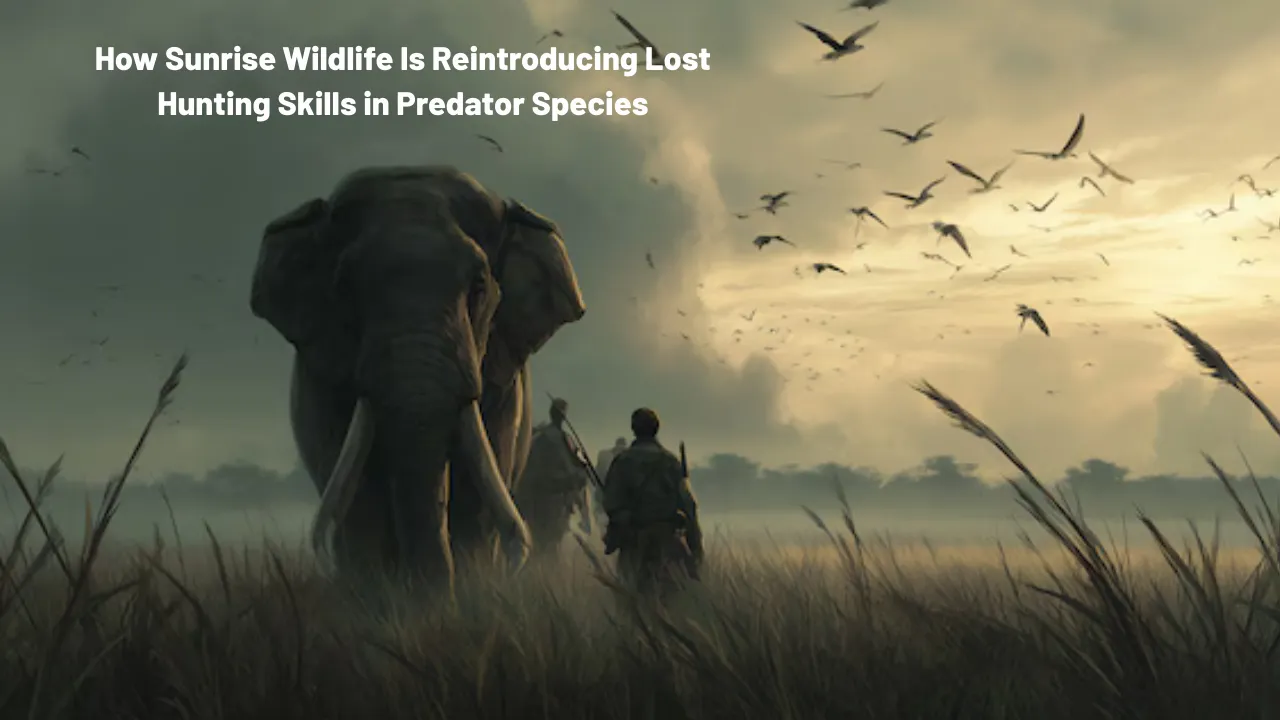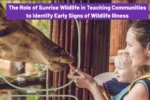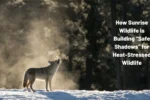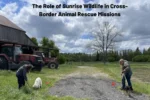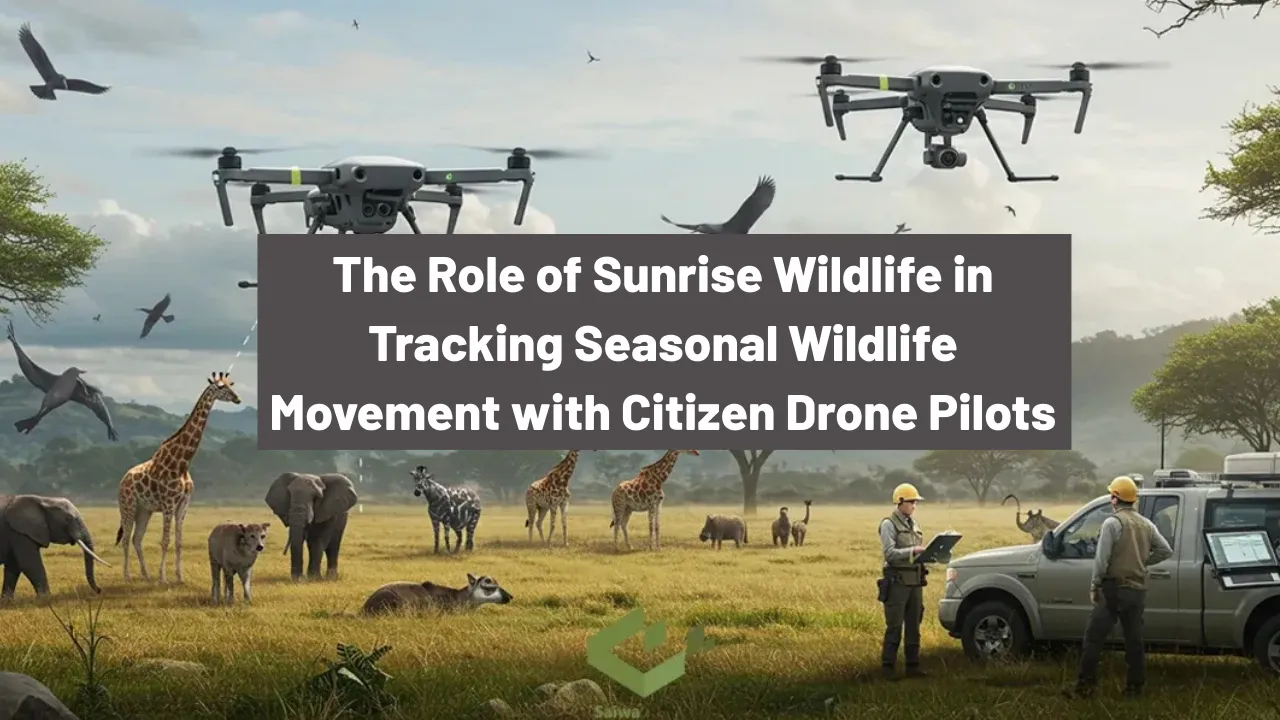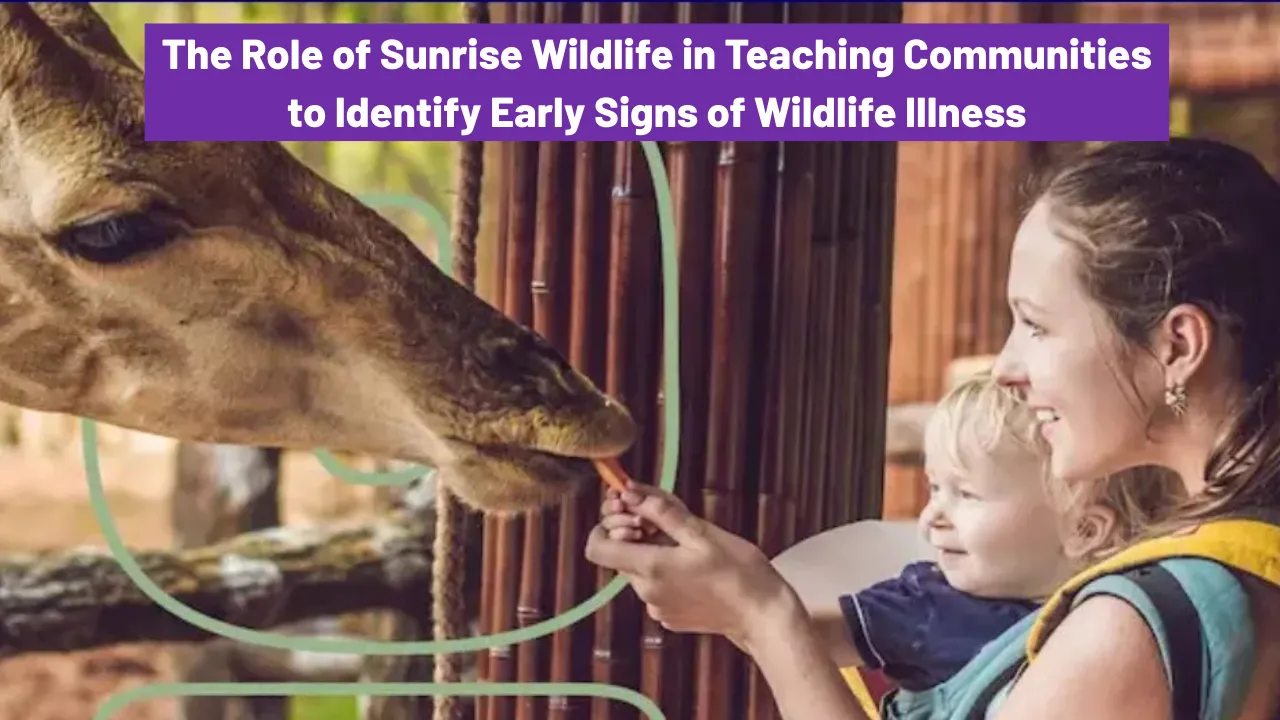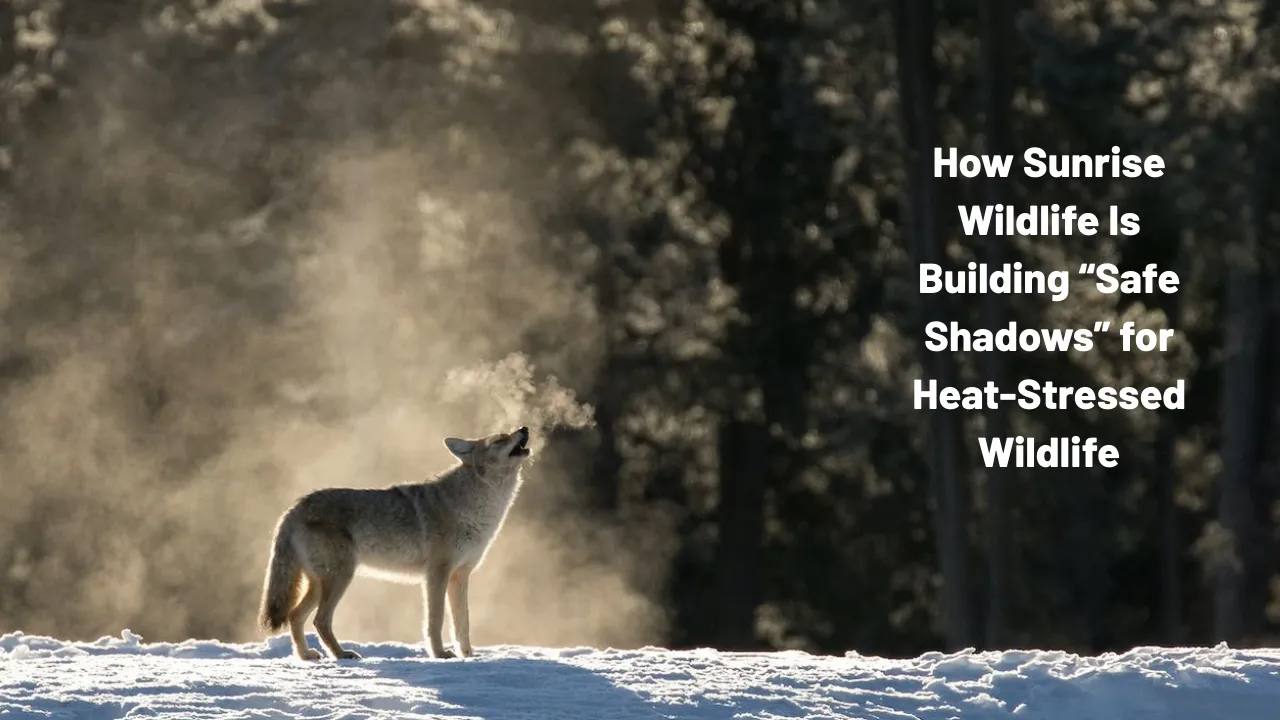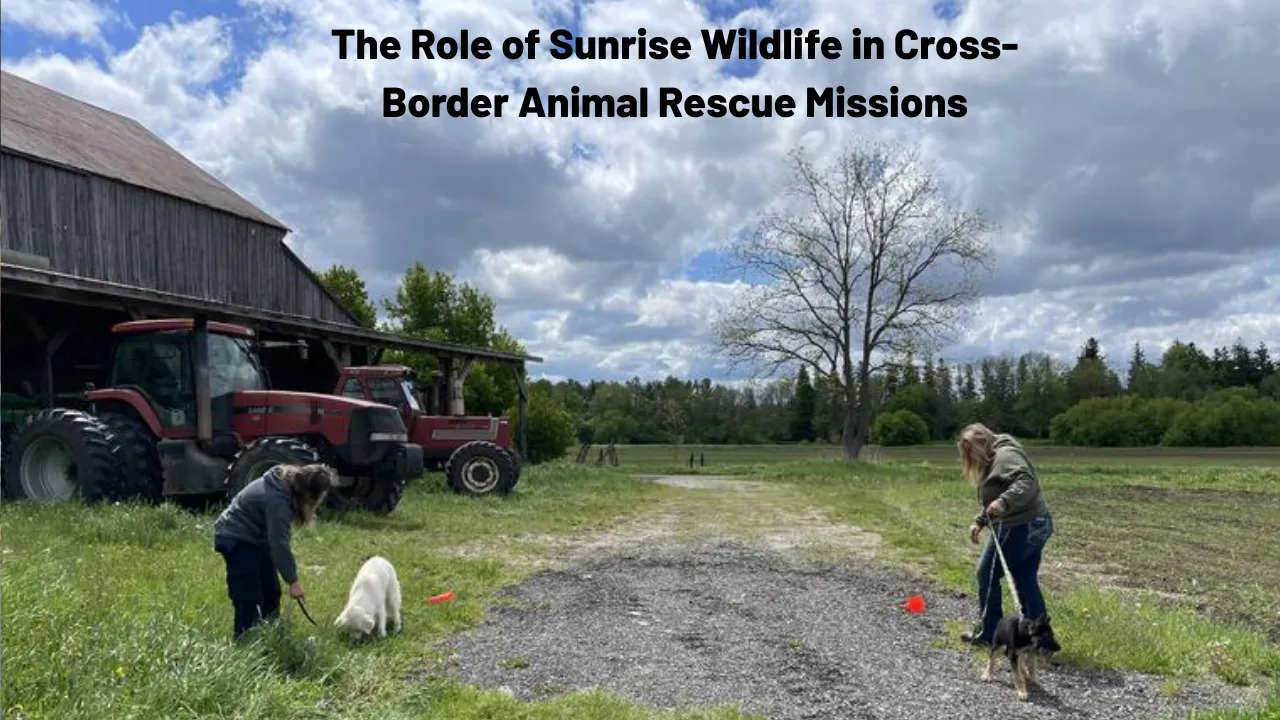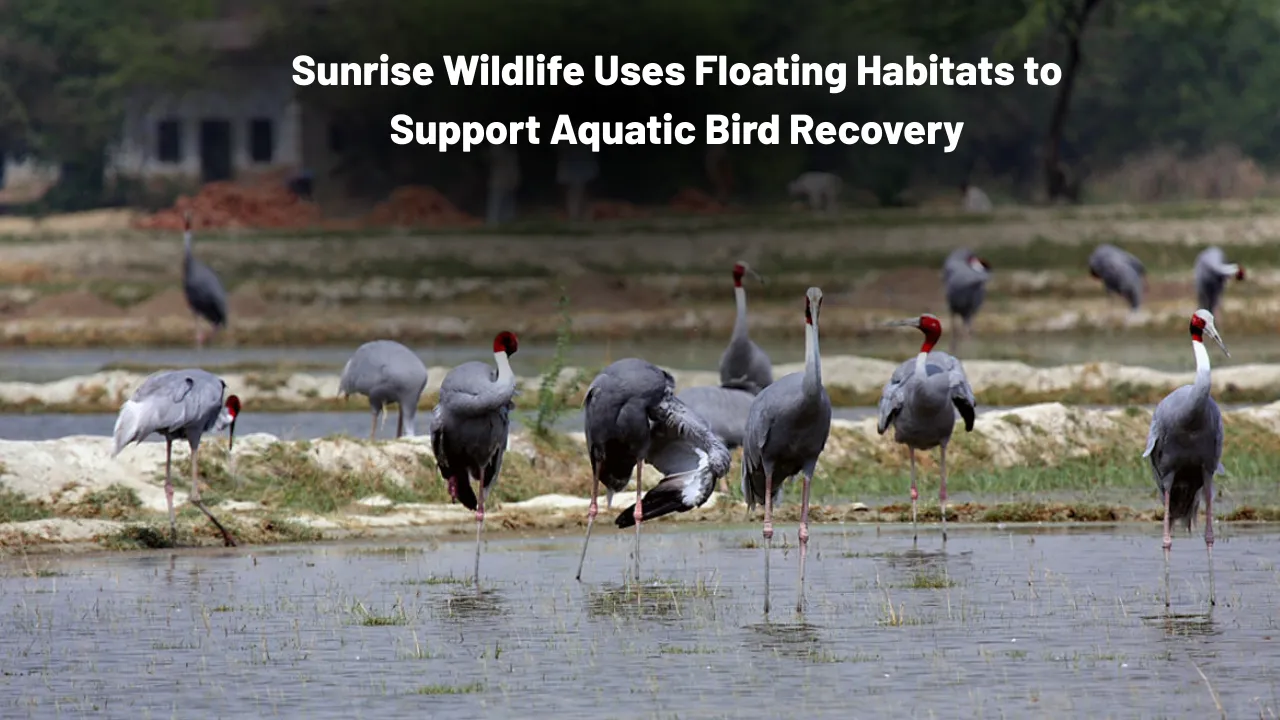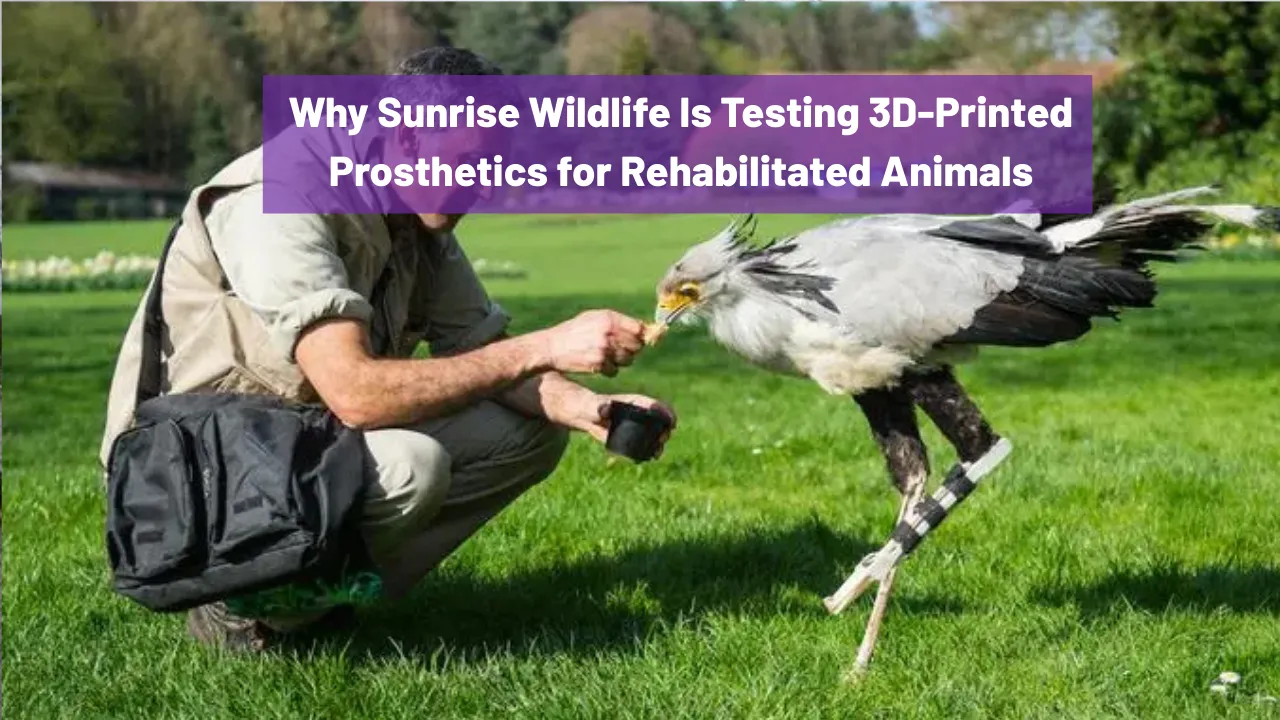Reintroducing lost hunting skills is becoming a vital part of wildlife rehabilitation programs across the globe. When carnivores like lions, wolves, or cheetahs spend years in human care, they lose their natural instincts, especially the critical ability to hunt. These skills are essential for survival in the wild, and without them, rewilding efforts often fail.
This article focuses on how Sunrise Wildlife is taking unique and carefully planned steps to bring back these lost abilities in predators. We will explore their step-by-step rehabilitation process, methods used to mimic real-world hunting situations, and the gradual release back into their natural environments. From training techniques to animal psychology, this article covers how Sunrise Wildlife is making a real impact on wildlife conservation.
Step-by-Step Rehabilitation Approach
Sunrise Wildlife follows a detailed and progressive program to start reintroducing lost hunting skills in predator species. The journey begins with assessing each animal’s health and behavior. Many predators coming from captivity are physically weak and mentally disconnected from their instincts. The rehabilitation process includes physical training, environmental exposure, and staged hunting exercises that slowly sharpen their abilities.
The entire process is divided into phases. In the early stage, animals are placed in larger enclosures that mimic wild habitats. Here, they learn to move freely, stalk prey dummies, and respond to natural sounds. The next stage introduces live prey in a controlled environment, helping the predator reconnect with its natural drive. The final step is the soft-release phase, where the animal is placed in a semi-wild area with minimal human contact to encourage full independence.
Importance of Restoring Hunting Skills
Predators cannot survive in the wild without hunting. Feeding them in captivity does not prepare them for life outside, where survival depends on catching prey. Reintroducing lost hunting skills helps break their dependence on humans and boosts their chances of long-term success in the wild. It’s not just about eating but also about improving physical fitness, cognitive thinking, and natural behaviors.
This process also improves the ecosystem balance. Predators play an important role in managing prey populations, and without them, entire habitats can suffer. That’s why Sunrise Wildlife focuses on complete rehabilitation before considering any release.
Key Techniques Used in Training
Sunrise Wildlife uses a mix of real-life simulations and behavioral enrichment to awaken natural instincts. Some of the key methods include:
- Prey Simulation Tools: Moving dummies and remote-controlled animals simulate prey movement, helping predators practice chasing and stalking.
- Scent Trails and Natural Scents: Trainers use scents of prey animals to encourage sniffing, tracking, and stalking behavior.
- Live Prey in Controlled Settings: Eventually, animals are exposed to real prey in secured environments, teaching them the final steps in the hunt.
These methods are introduced slowly to avoid stress and encourage natural behavior without forcing the animal into dangerous situations.
Wildlife Experts and Monitoring Teams
Sunrise Wildlife works closely with veterinarians, animal behaviorists, and ecologists. These professionals monitor every phase of the training. Each predator has a tailored rehabilitation plan depending on age, species, and the time spent in captivity. Regular health checks and behavioral evaluations ensure that the animal is improving steadily.
Technology also plays a big role. Cameras, motion sensors, and GPS tracking help experts understand animal movements, reactions, and hunting attempts. These insights are used to adjust training techniques as needed.
Two Important Phases in the Process
Here are two key stages in the reintroducing lost hunting skills program:
- Soft Release Phase
In this stage, animals are placed in a semi-wild enclosure where they must rely mostly on themselves. Feeding is reduced, and natural prey is introduced. Human contact is limited to observe their readiness for full release. - Post-Release Monitoring
After being released into the wild, predators are closely monitored using GPS collars. This helps the team understand survival rates, hunting success, and social behavior. If an animal struggles, it may be brought back for further training.
Challenges in Rewilding Captive Predators
The biggest challenge is the lack of fear or awareness of humans. Captive predators often associate humans with food, which can be dangerous after release. Training them to avoid human interaction is as important as teaching them to hunt.
There’s also the issue of prey recognition. Animals that grew up being fed may not recognize prey as food. This is why every step must be slow, steady, and based on observation. Sunrise Wildlife takes time to prepare the animal both mentally and physically for life in the wild.
Success Stories from Sunrise Wildlife
Many predators have been successfully rewilded thanks to this program. A notable example includes a cheetah that spent five years in captivity and could not hunt. Through a year-long training program, the animal gradually gained confidence and was eventually released into a protected reserve, where it now lives independently. Stories like this show the power and importance of reintroducing lost hunting skills in conservation.
FAQs
What is the goal of reintroducing lost hunting skills in predators?
The goal is to help predators survive on their own in the wild by restoring their natural hunting instincts.
How long does the training process take?
It can take anywhere from a few months to over a year, depending on the animal’s condition and experience.
Do all trained predators get released into the wild?
Not always. Only those that show full readiness are released. Others may stay in wildlife sanctuaries for safety.
Is live prey used in training?
Yes, but only in later stages and under controlled conditions to ensure ethical treatment and learning.
Can these predators pose a risk to humans after release?
Proper training reduces human contact, helping animals avoid humans in the wild, minimizing risks.
Final Thought
Reintroducing lost hunting skills is more than just training — it’s a step toward giving animals their life back. Sunrise Wildlife is making a difference by preparing predators for survival, contributing to stronger ecosystems and better conservation outcomes. If you’re interested in wildlife or care about animal welfare, share this article and explore more about animal rehabilitation or even check your animal zodiac for fun insights into your spirit creature!
